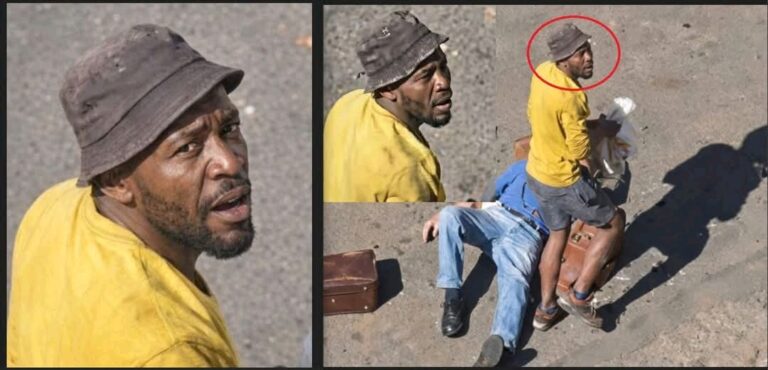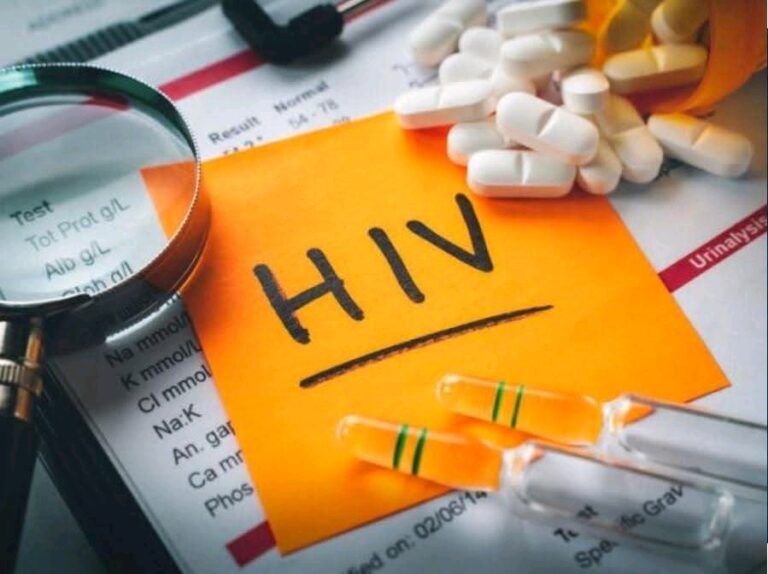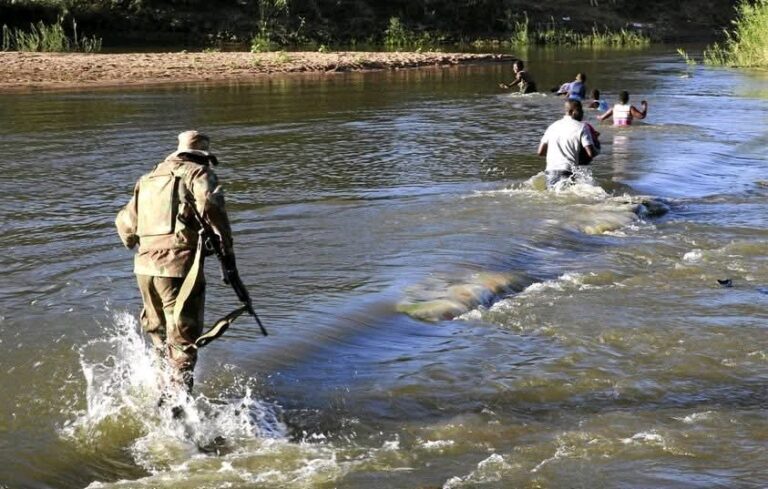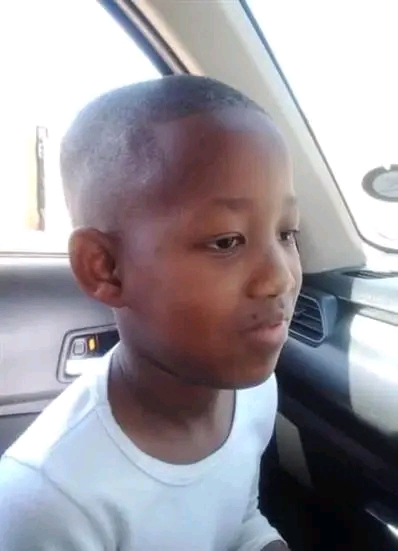
The worst fears of a grieving community were realized on Tuesday afternoon, 5 August 2025, when the lifeless body of eight‑year‑old Siyabonga Mkhwanazi was recovered from an open manhole just five houses from his home in Emdeni, Soweto. His tragic end followed four days of desperate searching by family, community members, and authorities.
Siyabonga had been reported missing since Saturday, 2 August, last seen playing alone. He wore a black tracksuit with white stripes and a military-green hat—attire his family vividly remembers as they clung to hope for his safe return. The youngster was a Grade Two pupil who went outside after reportedly hearing what he thought was his father’s car. That moment marked the last confirmed sighting of him.
Once hope turned to horror, search efforts intensified. The Soweto K‑9 Search and Rescue Team played a vital role in locating him in the manhole drain near his home. Upon discovery, Siyabonga’s body showed signs of distress: his knees and hands were shriveled, and foam was visible around his nose—heartbreaking details that underscore the tragedy.
The manhole where he was found, set in an area where children frequently play, stood as a grim symbol of vulnerability and unanswered questions. “We are shattered as a family. There are many questions, but no answers,” said his father, Mduduzi Mkhwanazi, speaking on a community radio station in the aftermath of the devastating revelation.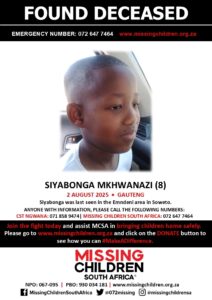
The Emdeni community was reeling from shock, grief, and anger. One resident lamented, “This shouldn’t have happened… Our parents and grandparents did not fight for this freedom, for our kids not to play free on the streets and in the community.”
Authorities initially treated the case as a kidnapping and missing person incident; however, following the discovery, they swiftly escalated it to an inquest to fully determine what transpired. Gauteng police spokesperson Lieutenant‑Colonel Mavela Masondo confirmed that an inquest docket has been opened and that investigators continue their efforts to uncover the truth.
As the family builds strength to navigate the unimaginable grief, they have appealed to the public: anyone with information about what might have happened is urged to come forward. Meanwhile, the wider community is confronting hard questions about safety, infrastructure, and how to protect its most vulnerable.
In the wake of this tragedy, the calls are clear—from the family, from community members, and from local leaders—for safer surroundings and better accountability, so that no parent has to endure such a devastating ordeal again.

